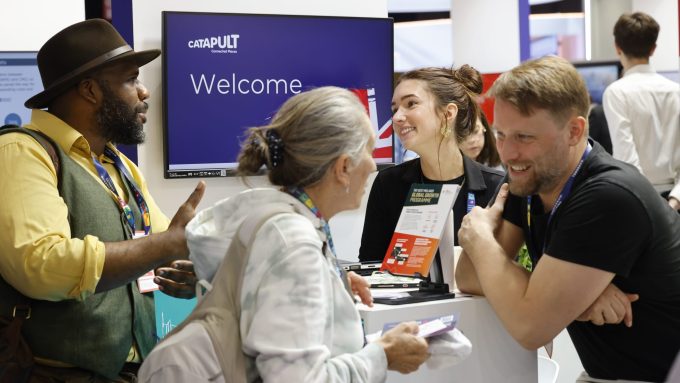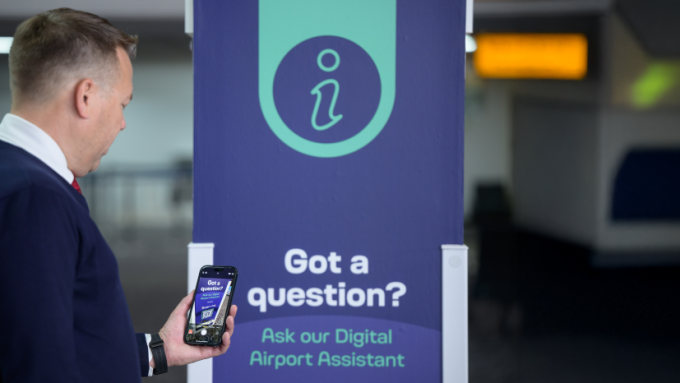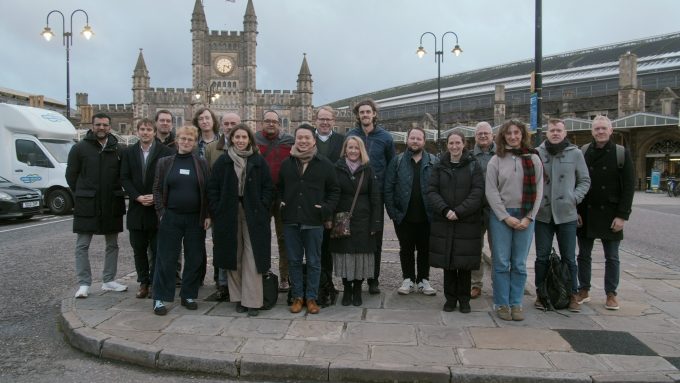
Better, faster, more integrated planning: experts speak up
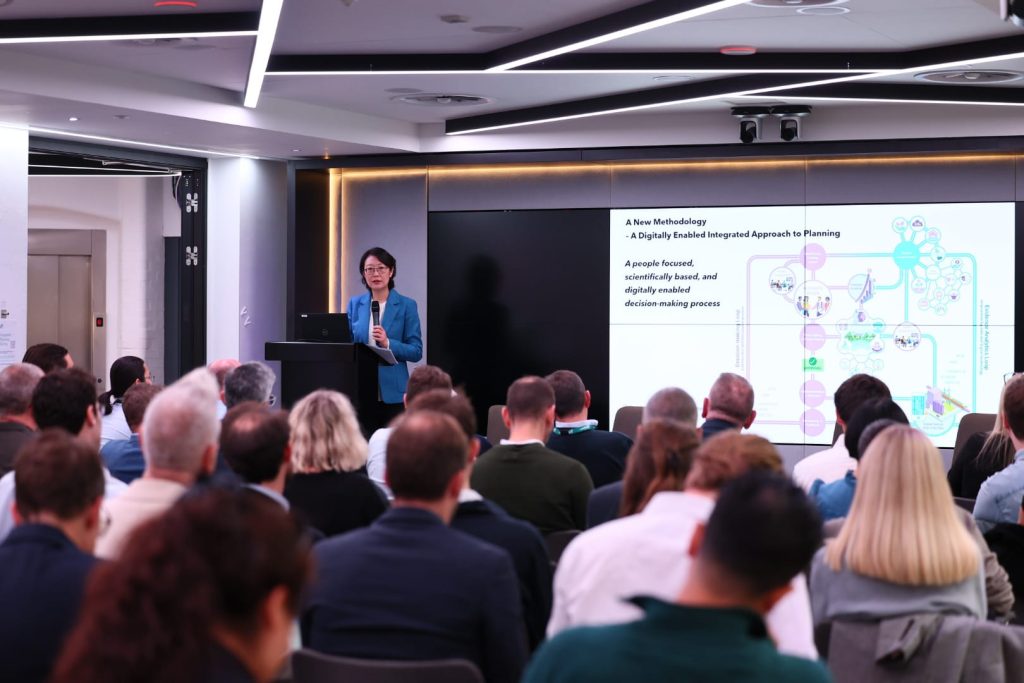
“A methodological change in spatial planning – enabled by digital technology and big data – is no longer an aspiration but is becoming a reality,” remarked Dr Wei Yang OBE of the Digital Task Force for Planning to the Planning Innovation Summit, hosted by Connected Places Catapult and the Digital Task Force for Planning.
She added that a digitally enabled and integrated approach to planning can create a stronger shared vision, underpinned by the integration of transport, land use and green infrastructure. Applied systematically, this approach can transform planning, delivery, and monitoring processes – fostering innovation, supporting new ways of working, and strengthening collaboration across stakeholders.
“We are now entering a second phase of digitalisation in planning, where digitalisation is moving into mainstream planning practice. We must place public benefit and long-term societal value at the forefront of decisions.”Dr Wei Yang OBE of the Digital Task Force for Planning
Later in the day, Mark Enzer OBE of Mott MacDonald called for greater consideration of communities and the environment in planning. “We must pay more attention to outcomes for people and nature,” he said.
“People can’t flourish if nature’s not flourishing,” added Mark, calling on built environment professionals to think more about health and wellbeing in their schemes, rather than just strategies that aim for a short-term financial return. “Don’t grab everything for now, we have to care about the generations to come – this needs to be a guiding principle.”
Mark described the built environment as a “complex system of systems whose purpose is to enable people and nature to flourish together for generations” rather than “just a series of construction projects”. He urged planners and local authorities to “start with what we’re trying to achieve” – and said data and digital tools can help stakeholders to “better understand the inter-dependent systems we are dealing with”.
He added that tackling the climate challenge requires a concerted effort from everyone involved in the built environment. “We can’t bring siloed solutions to connected challenges. On this, I’m worried we’ll do too little too late, because if the built environment doesn’t work, then society doesn’t work.”
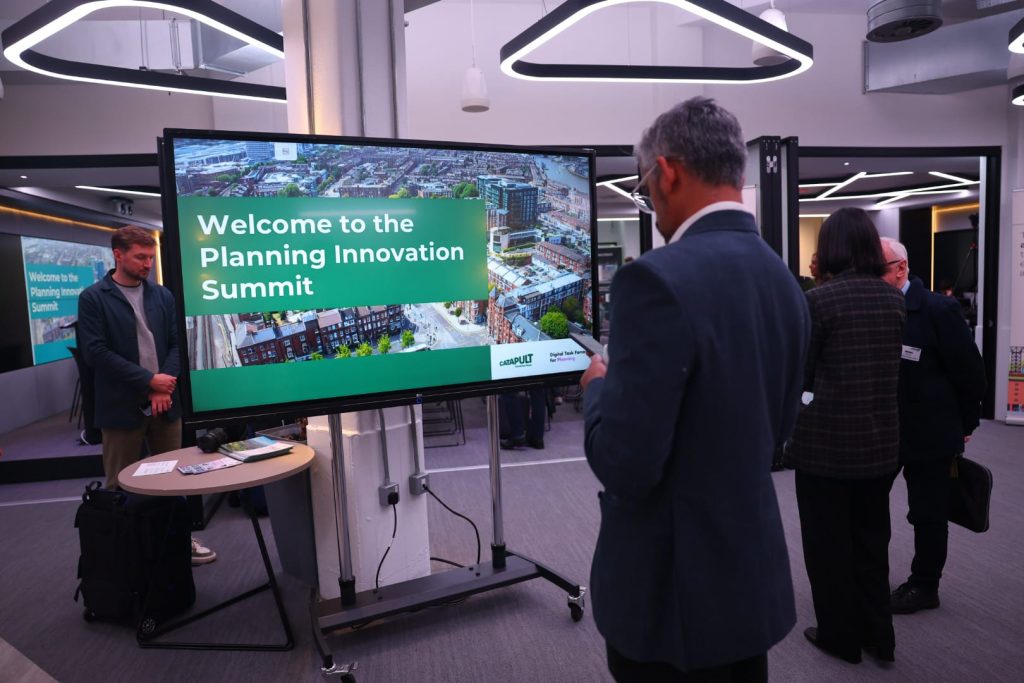
Pulling different areas together
A panel session focusing on integrating strategic with digital planning heard that spatial planning “is a big-ticket issue” and is ultimately focused on “improving sustainable places and infrastructure, creating employment, improving health and wellbeing outcomes and boosting education needs”.
“Strategic planning is about keeping an eye on lots of different policy areas simultaneously over wider areas in a fragmented Government landscape. It’s about planners being the jack of all trades to see how things relate to each other and to pull everything together to make a difference”.Session chair Professor Mark Tewdwr-Jones of University College London
Mark spoke of the importance of strategic consultations and forums to engage members of the public on more than local planning matters as the Government pushes ahead with its agenda to deliver housing quickly. He said strategic planning is important “to stop housing developments becoming islands of no connectivity with inadequate services and infrastructure.”
Delegates also heard from Terry De Sousa of the Greater Cambridge Shared Planning Service who spoke about the importance of the community aspect to planning. But he cautioned against putting pre-agreed options out to ‘consultation’; preferring instead to focus more fully on public ‘engagement’.
The current mindset, he explained “is to give people scenarios to consult, but how do we know what people’s priorities are? How can we get people out of their cars and using active travel; and what are people’s views on tackling climate change? I don’t think consultation is the way to do it”.
Community buy-in is so incredibly important, he added, especially when a large number of homes are planned for a region. “You need to bring the public along with you”.
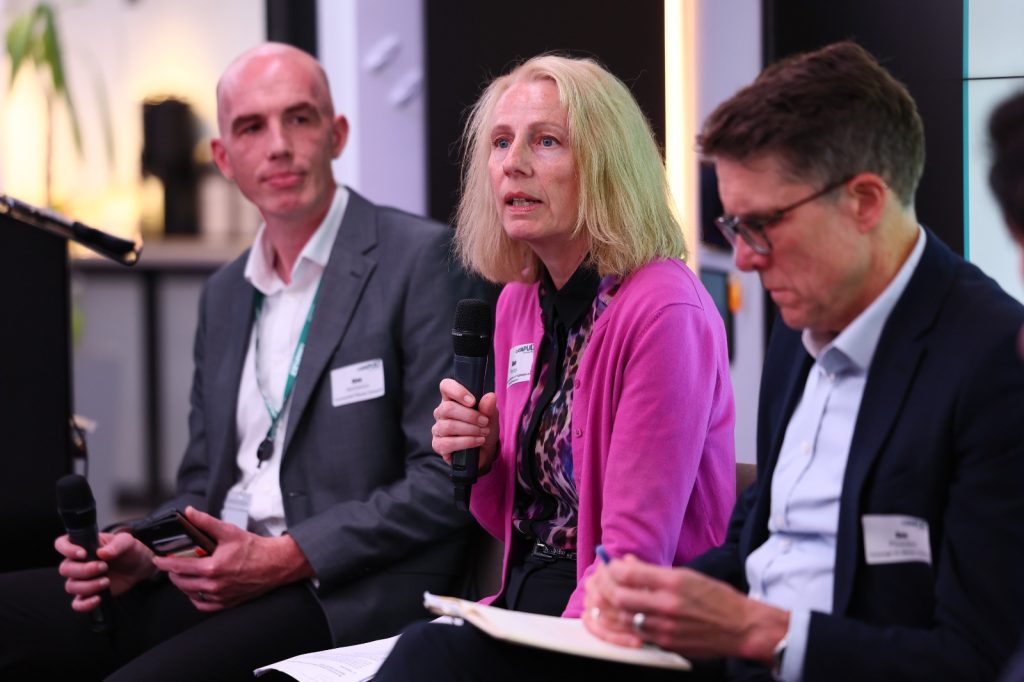
Ensuring transport’s connection
Better integrating planning and transport promise huge social, climate and health benefits, said Ben Plowden of the Campaign for Better Transport.
But, he added, “the challenge is we are not doing integration systematically. We are still building a large number of car-dependent, single-use developments on greenfield sites that are completely unconnected to public transport. Integrating planning and transport must, Ben said, “be the rule, not the exception”.
Speaking alongside him was Sue Percy of the Chartered Institution of Highways & Transportation. “We get planning and transport that isn’t knitted together at the start; we need to get smarter at how we do these things,” she said.
Sue pointed to international examples of planning and transport coming together well, such as Copenhagen in Denmark, where sustainable development reaches out along train corridors, and Freiburg in Germany where a large proportion of travel is by walking or cycling.
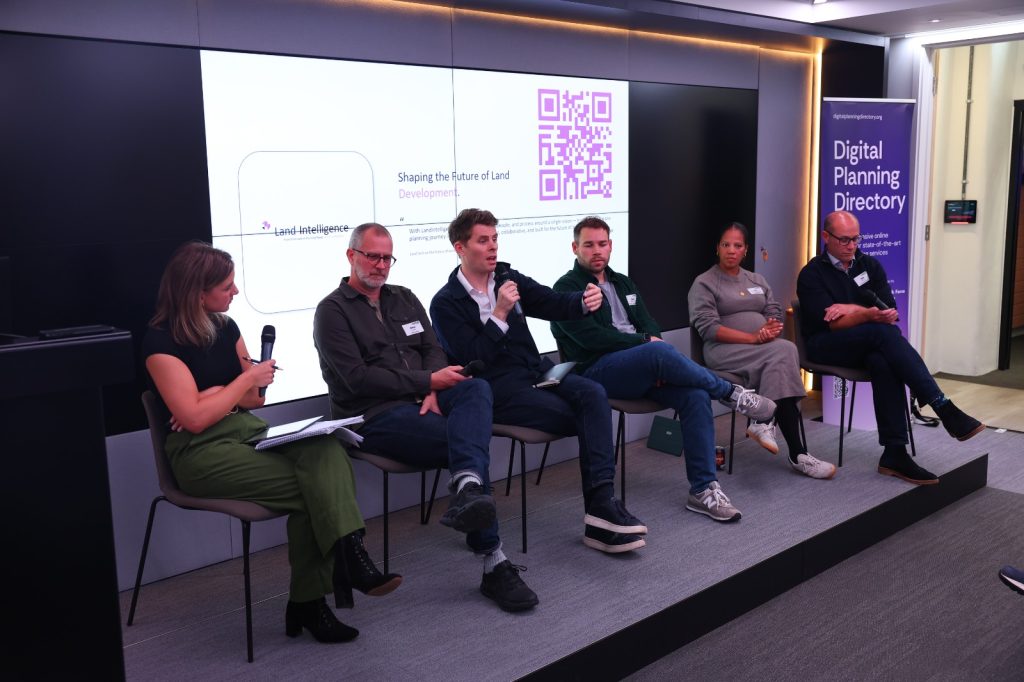
Tech to help planners focus on planning
During another session, Alastair Parvin of Open Systems Lab told delegates to “let planners spend more time planning. If you spend a lot of time with planners, you quickly realise that most of the time they don’t do what you would call planning,” he said.
“Much of their day involves responding to enquires, validating planning applications or picking through documents,” he added, also pointing out that most calls received by local planning departments ask very similar questions.
"Over half of planning applications are invalid, often for really basic and avoidable reasons like the fee being incorrectly calculated or a ‘north’ arrow being missing from the location plan,” Alastair continued. “So, by building user-friendly digital services that avoid these mistakes, we can have a transformative impact, both for applicants but also for councils."
Click here to find out more about an Open Call for the Public Realm Innovation Lab.

